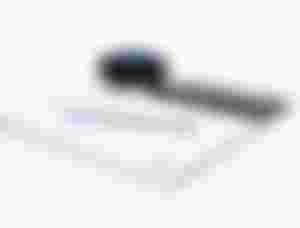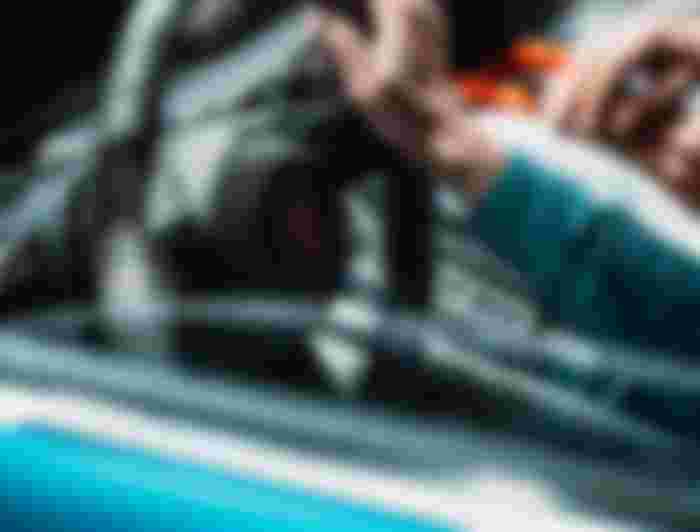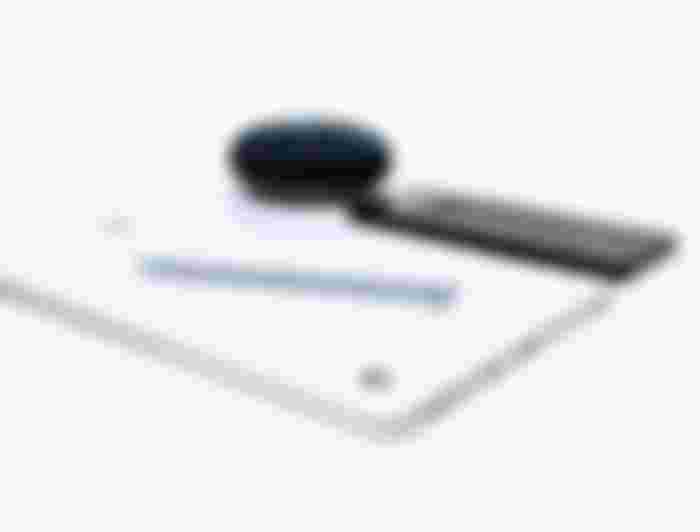Added substance Assembling is a creation cycle in which an item is delivered layer by layer in an alternative plan. A 3D model made utilizing a PC supported plan (computer-aided design), for example, 3D filtering is cut into singular layers that give the apparatus way code to a 3D printing machine by then. In light of the particular programming, the machine plays out an equal cycle that reproduces the model from the base to the top until the item is done.

Added substance fabricating innovation, regularly alluded to as 3D printing, has caught our general innovativeness, delivering wild dreams of the 3D printed airplane and bio-printed organs. Notwithstanding the way that development ensures the possible predetermination of getting together, it as of now greatly affects our quick climate, however, these dreams are still a long way from being completely figured out. Regardless of whether the impacts will happen in the short term or the long haul, 3D printing will change the way wherein things are finished.

There are seven unique kinds of 3D printing strategies managing:
• Cover streaming: A system that happens when a fluid holding specialist is put on a powder bed.
• Direct Energy Affidavit: where the metal is liquified on to a substrate layer by layer
• Actual expulsion: content is saved from an extruder on a base normally liquified by a warming component by a thermoplastic fiber.
• Material streaming: Materials that are solidified by bright light, for instance, photopolymer.
• Powder bed combination: measure whereby a fuel source, for example, a laser or an electron pillar is guided to a powder bed to warm the individual particles until they are softened together.
• Sheet cover: measure where sheets of material consolidated, with the pined for shape cut into each shape.
• Tank photopolymerization: the gum of the photopolymer is presented to a fuel source, for example, a laser pillar that cements the material step by step.
3D Printing Developments.
Conclusion
Melded Statement Demonstrating (FDM)
In the last part of the 1980s and mid-1990s, a couple of associations presented new non-SL advances the creating a 3D business focus. FDM is an expulsion based cycle in which thermoplastic is fundamentally warmed to its dissolving point as fiber spools and saved in a foundation. Thermoplastics are not quite the same as thermosets and might be dissolved and cooled a few times.


nice idea freon